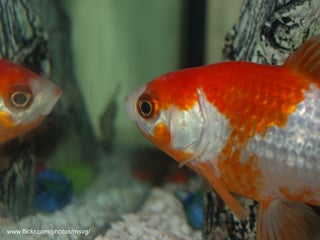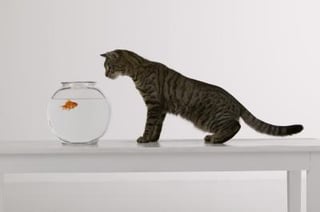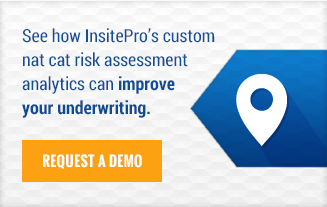There are two distinct analyses needed to underwrite property: risk assessment and accumulation. The first is the evaluation of a risk based on information specific to the risk, so that it can be accepted and rated, or rejected. The second limits the writing of new risks within a defined geographical area to prevent excessive losses from a single event. Both are important for underwriting cat risks: assessment because of the potential of losses up to the full value of a property (and beyond), and accumulation because cat events cause damage to swaths of properties at once.
 For many cat perils, though, much of the data used to assess the risk is not specific enough – it is generalized and inadequate for underwriting. Underwriters that use generalized data for risk assessment and depend upon their accumulation to manage their portfolio are goldfish underwriters; they keep writing risks until they fill up their aggregation limits, like goldfish keep eating until they fill up their bowl.
For many cat perils, though, much of the data used to assess the risk is not specific enough – it is generalized and inadequate for underwriting. Underwriters that use generalized data for risk assessment and depend upon their accumulation to manage their portfolio are goldfish underwriters; they keep writing risks until they fill up their aggregation limits, like goldfish keep eating until they fill up their bowl.
One example of generalized data being used for underwriting is the NFIP A Zones. In this article from Brink, the findings of a comprehensive study of NFIP claims (cheers to the authors, Carolyn Kousky and Erwann Michel-Kerjan) are described, and conclusion #3 states:
In the U.S., much communication about flood risk centers on the 100-year floodplain line. This creates a false sense of safety for residents outside the 100-year line and does not indicate that risk can vary dramatically within the 100-year floodplain as well.
Data that misses the risk outside such a zone, and does not indicate the variety of risk within a zone, is generalized and inadequate for risk assessment. An underwriter should be able to segment and price 10-year vs 20-year vs 50-year vs 100-year vs 250-year vs >250-year risks, and not just write 10-year risks the same as 100-year risks because they are in the same generalized zone.
 Underwriting with the right data and analytics for risk assessment is essential because it fills a portfolio with the best available risks and lets the accumulation analytics limit losses. Meanwhile, with goldfish underwriting, a portfolio just gets filled up and the accumulation analytics cap growth, whether profitable or unprofitable.
Underwriting with the right data and analytics for risk assessment is essential because it fills a portfolio with the best available risks and lets the accumulation analytics limit losses. Meanwhile, with goldfish underwriting, a portfolio just gets filled up and the accumulation analytics cap growth, whether profitable or unprofitable.
There has to be a better reason to write a risk than “there is room in that aggregation zone.” For goldfish, though, that’s good enough… but who wants to be a goldfish? Especially when writing cat risks.

